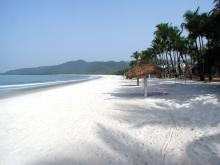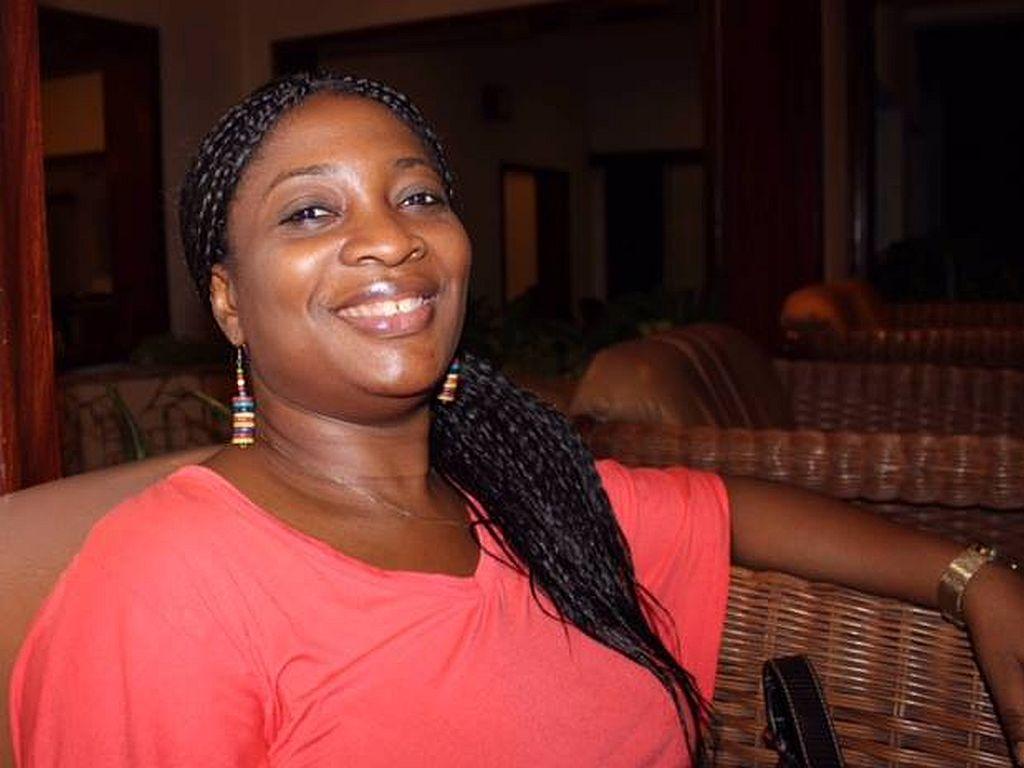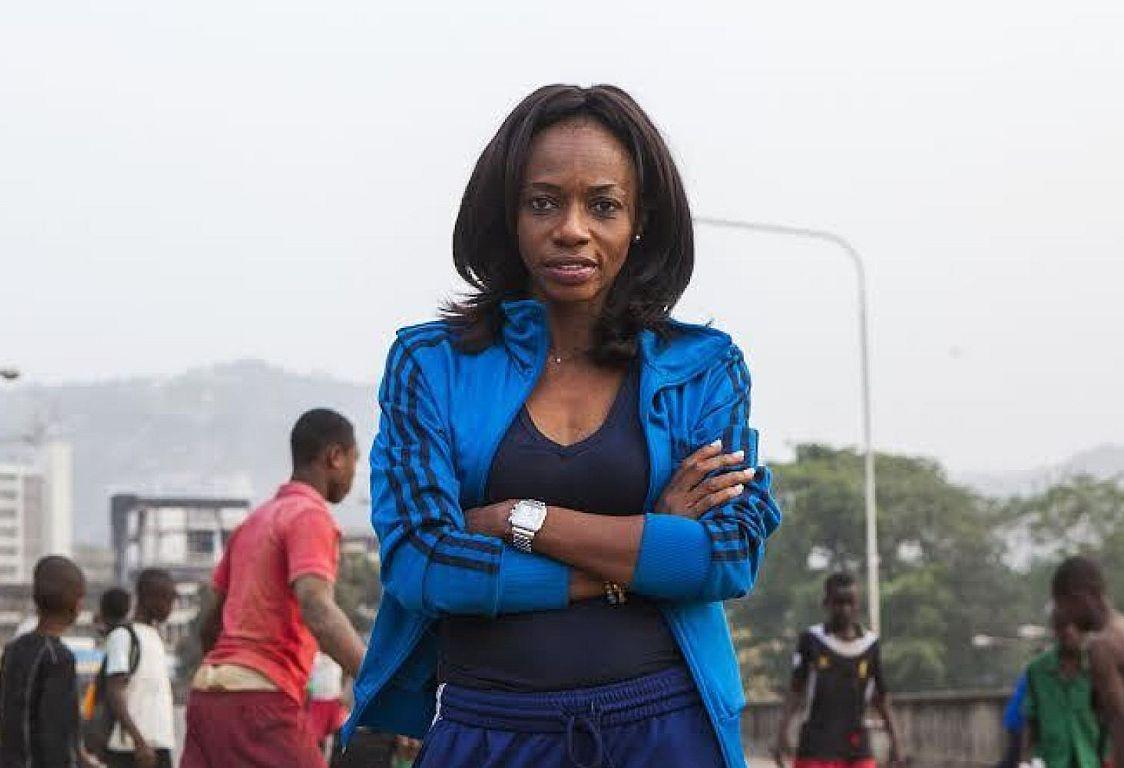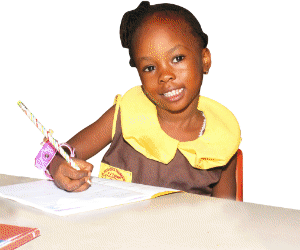By Saio Marrah
A pipe-borne water projects for residents of the towns of Kambia and Kabala is at an advanced stage, according to the Director of Projects and Management at the Sierra Leone Water Company (SALWACO) Ing. Yankuba Jusu Tarawally.
Tarawally explained to Politico that for Kambia the work has reached 75 percent, and 68 percent for Kabala.
Sierra Leone a small West Africa country is not just rich in minerals, but has at least six months of raining season, enough to serve the country’s water need throughout the year. But for proper management, safe drinking water would not have been an issue by now.
Access to save drinking water in Sierra Leone has always been a matter of luxury for most Sierra Leoneans. According to World Health Organisation and UNICEF Joint Monitoring Programme (JMB)’s report in July 2017, 57% of the country’s population have access to improved drinking water while only 15% of the population have access to at least basic sanitation.
In developing countries like Sierra Leone, estimating the number of people having access to safe water is difficult. National household surveys typically ask questions about the type of water source used. House connections, yard connections, standpipes and hand pumps that are located within 1 km are classified as improved water sourced, while open wells, unprotected springs, rivers, lakes and ponds are not considered improved water sources.
According to the survey, multiple cluster indicator survey carried out in 2006, shows that 84% of the urban population and 32% of the rural population had access to improved water sourced. Those with access in rural areas were served almost exclusively by protected wells. The 68% of the rural population without access to an improved water source relied on surface water 50%, unprotected wells9%, and unprotected springs were 9%.
However, the completion of these water facilities will immensely alleviate some of the miseries of access to improved water system in those parts of the country.
SALWACO’s Director of Operations and Maintenance Ing. Abdul Ben Lebbie, said the water projects for those two settlements and Magburaka are on-going.
Work to provide water under the Six Towns Water Project to the people in Kailahun, Moyamba and Pujehun have also just commenced, he said. He said the water treatment systems of Kambia, Kabala and Magburaka were being addressed in the areas of optimization, extension and distribution, and also rehabilitation of offices and quarters.
Ing. Lebbie also disclosed another water project focused on gravity system, which supplies pipe born water from up the hills to communities. This involves connecting pipes up streams, which runs through the treatment centre and the reservoir and then to the communities.
He said they converted most of the industrial boreholes water project for the provinces to gravity system so that they can supply more and bigger communities and that the 45 industrial boreholes project is for both the Western Area and the Provinces.
The 2017 National Survey indicated that 20% of the urban population and 1% of the rural population had access to piped drinking water in their homes.
Low access to WASH services significantly contributes to diarrhoea, acute respiratory infections (ARIs), and under-nutrition and worm infestations. It contributes to infections in health care settings and can lead to under five morbidity and mortality and increased risk of maternal and new-born mortality. The 2012 cholera outbreak in the country took nearly 400 lives.
It can also lead to both boys and girls missing school due to sickness or the time taken to collect water for the family and reduced cognitive attention due to worm infestations. It can also pose additional challenges for girls due to concern over the use of toilets and how to manage their menstrual hygiene.
Ing. Lebbie also said “There is one at Tongo in Kenema district, one at BenduYawae in Kailahun, one at Magbontoh in Tonkolili and another at Daru also in Kailahun,” he said.
Contract agreements for the three out of ten lots of the water projects were signed on the 20th and 21st January 2021. Progress of work at the Magburaka water project was said to be at 37 percent so far. Another signing of the balance seven lots was said on the 2nd April, this year, with 16 months duration.
Guma Valley Water Company, operates in the Western Area (Rural and Urban), is another implementing agency of the 45 industrial boreholes.
The Chief Engineer of the Guma Valley Water Company, Prince Moore-Sourie, informed Politico that boreholes are water harnessed from below ground and that in most cases industrial boreholes can go as deep as 300 plus meters. He said the industrial boreholes for the Western Area were converted to Gravity Scheme and that there are two gravity scheme for Western Area, which one is situated at Waterloo and another at Mambo-Hamilton communities. He said the reason for the conversion to the gravity scheme he said “When the project was thought through by engineers, we had mixed feelings about the actual viability of boreholes especially for water supply in the Western Area. The reason for this is because of the fact that our records have shown that over the years, most of the boreholes that we had done in Freetown or more or less the Western Area had not that successful.”
Ing. Moore-Sourie, said for this reason, they thought it fit that instead of doing the boreholes, which he said they had not done a detailed ground investigations about the water supply in most part of western area, which he referred to as “white elephant”, they decided to convert it to gravity scheme on streams along the western area, where they know they can get a good viability of water.
According to him, gravity scheme is far more costly compared to the Industrial boreholes.
The Research and Development Manager, Guma Valley Water Company, Ing. Ibrahim Chernor Bah, said the duration are 12 months and that they initially started in December 2020 and they were supposed to be completed in December 2021, but that did not happened due to funding constraints.
He said the contractors stood down for a very long time waiting for payment. He however said the contractors have now received one fourth of the payment of the pending Intrim Payment Certificate (IPC) at the Ministry of Finance.
Ing. Bah said they have therefore remobilised in May this year and that it is expected to be completed by December, 2022, but however said that will only be possible depending on the payment from the Ministry of Finance to the contractors.
He said that 65 percent of the works at Mambo-Hamilton and 25 percent of the work at Waterloo have respectively been completed. He also noted that there is another component of the project, which he said is the purchase of 20kilometer of construction by Master Construction, which he said is yet to be commenced because the contractor is yet to received its advanced payment.
Engineer Bah also pointed out that issues that has to do with procurement and other payment methods to contractors from Ministry of Finance are being handled by the Ministry of Water Resources while Guma Valley is only responsible for the technical support and supervisory role.
Officials at the Ministry Of Finance on the other hand responded by saying the Ministry of Water Resources should put forward the procedures for the purchase of the 20 kilometres pipes.
The specific location he said of the Ware construction for Mambo and Hamilton Communities is just one Kilometre from the Waterfall and that the reservoir which is like the balancing storage is built around 500 metres from while the waterfall.
According to him, they also have pipelines that run through Mambo and Hamilton Communities and furthered that out of 20 Water Kiosks, 16 have been completed at the two communities.
He said the specific location of the Waterloo ware is at “Gbogboyima Source” which he said is very close to the military training centre, towards the Council.
Bah said about 2. 5 kilometres from the ware is the service reservoir, a clear water tank and then pipelines that will be supplying the communities and then 25 water kiosks will be built at the communities.
In 2010, the UN General Assembly explicitly recognized the human right to water and sanitation. Everyone has the right to sufficient, continuous, safe, acceptable, physically accessible, and affordable water for personal and domestic use.
For this reason, goal six of the United Nations’ Sustainable Development Goals (SDGs) talks about the importance of ensuring availability and sustainable management of water and sanitation for all.
The construction of the water supply facilities for the six district headquarters towns and the construction of the 45 industrial boreholes (Urban WASH Project) are all being sponsored by the government of Sierra Leone, under the Special Drawing Rights (SDRs) Fund.
Copyright © 2022 Politico Online (29/06/22)








